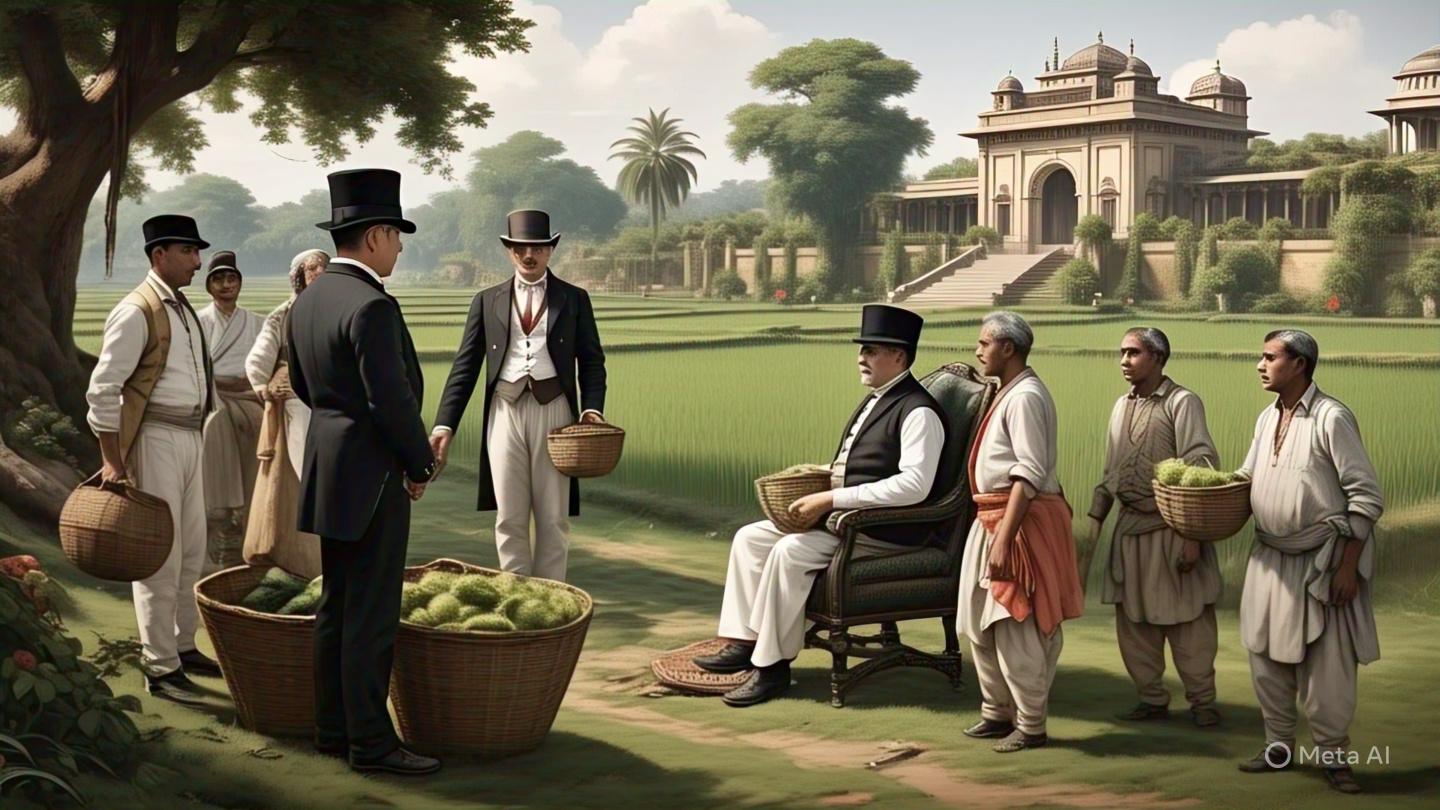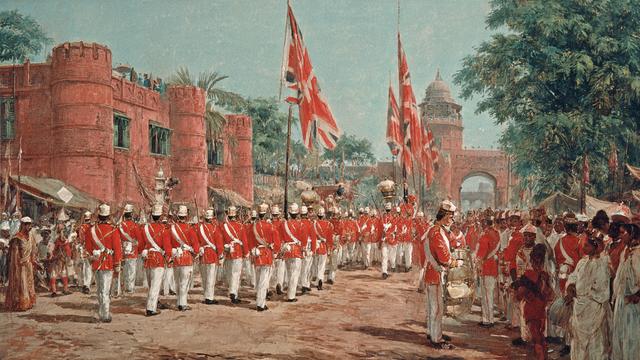Get In Touch

By - Raghav Daksh
6/3/2025
41
When the British East India Company became the Diwan of Bengal in 1765, they shifted from being traders to rulers. With this new power, they were now responsible for collecting taxes and managing land – something they were completely unprepared for. Their aim was simple: maximize profit – often at the cost of the people.
Early Exploitation
To fund their trade, the British began using Indian revenue to buy goods like silk and cotton. This put a huge strain on peasants and artisans. The worst came in 1770, when famine struck Bengal, killing around 10 million people – almost a third of the population.
Land Revenue Experiments
In an effort to ensure steady income, the British introduced various land systems:
•Permanent Settlement (1793): Zamindars collected taxes but often didn’t invest in the land. Peasants suffered under high rent and had no land rights.
•Mahalwari System (1822): Revenue was collected by village headmen. It was reviewed regularly, but demands were still high.
•Ryotwari System: Used in South India, where revenue was collected directly from farmers (ryots), often leaving them burdened and poor.
In all systems, the result was the same – peasant misery and deserted villages.
Crops for Europe
The British saw India as a giant farm for European needs. Indigo, opium, cotton, jute, and tea were all promoted. Bengal became a hub for indigo, which was in high demand for European textiles.
Indigo’s Dark Side
Two systems were used for indigo farming:
•Nij System: Planters grew it on their own land.
•Ryoti System: Peasants were forced into unfair contracts and loans, often growing indigo on land better suited for food crops like rice.
The indigo crop also exhausted the soil, making it hard to grow anything afterward.
The Blue Rebellion (1859)
Fed up with exploitation, thousands of farmers in Bengal refused to grow indigo. They protested, attacked factories, and beat up agents. Even women joined the rebellion. The British were shocked.
The government eventually stepped in with the Indigo Commission, which confirmed the planters' abuses and ruled that farmers could refuse to grow indigo in the future.
Legacy
Though indigo farming shifted to Bihar, its days were numbered. By the late 1800s, synthetic dyes took over. But the story didn’t end there. In 1917, Gandhiji’s Champaran movement reignited the fight for farmers’ rights, becoming a turning point in India’s freedom struggle.
Check out our other posts!

CBSE 2026: 10 Changes You Must Know
26
- Apeksha Negi
10 Reforms & What They Mean for Your Child’s Future

Tech Meets the Tractor
11
- Raghav Daksh
How smart tools are quietly changing the lives of small and big farmers.

Board Exams: How To Beat The Stress
17
- Apeksha Negi
Help your child overcome the pressure

British Rule & India’s Farm Shift
14
- Raghav Daksh
From Food Security to Cash Crops: The Lasting Impact of British Rule on Indian Farmers.

British Impact on India
46
- Raghav Daksh
From trade to empire: The story of how Britain reshaped India’s destiny